Home>Storage Ideas>Kitchen Storage>Stay Safe With These Gas Fireplace Maintenance Tips
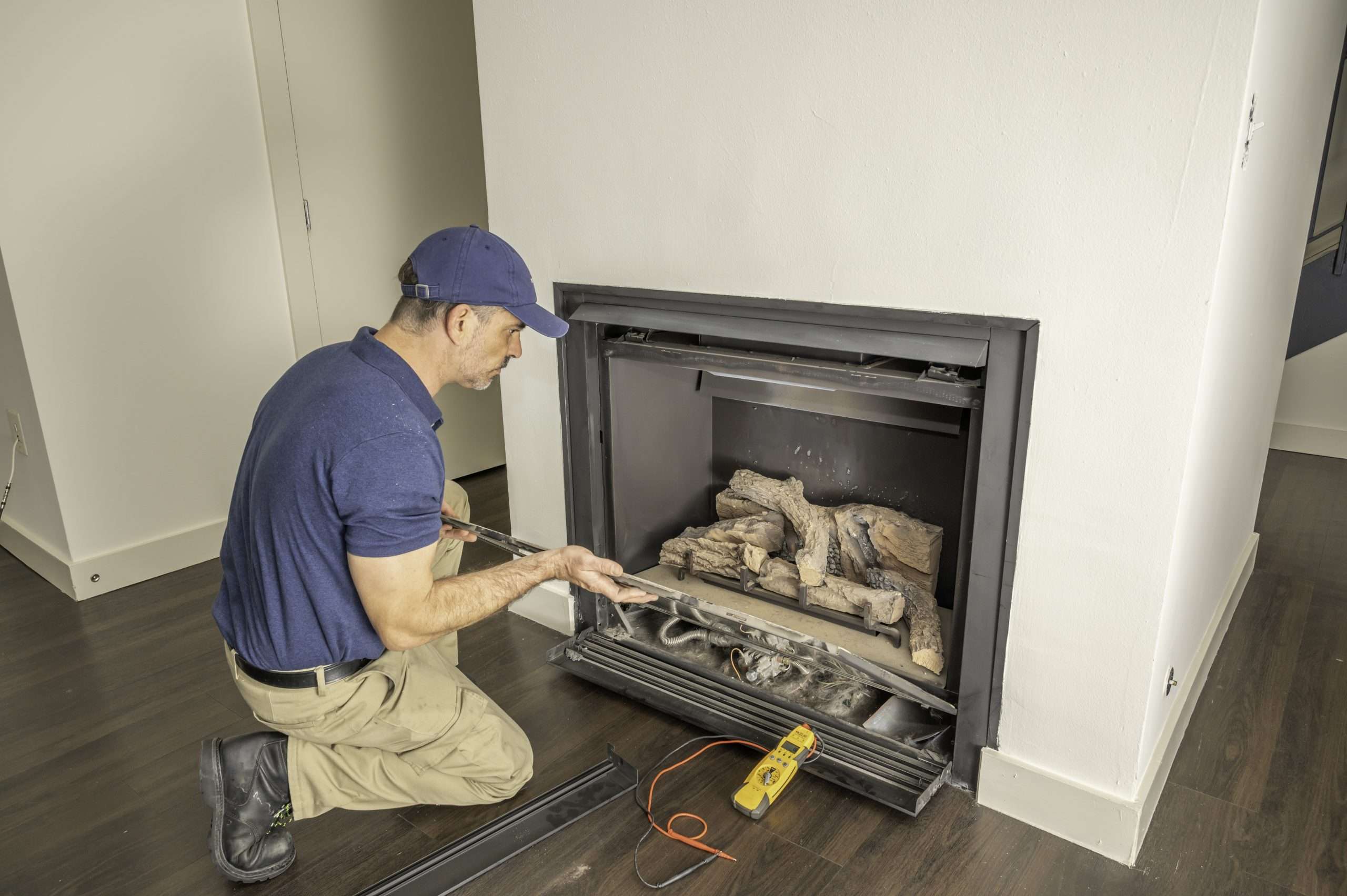

Kitchen Storage
Stay Safe With These Gas Fireplace Maintenance Tips
Modified: March 1, 2024
Ensure your gas fireplace stays safe and functional with these essential maintenance tips. Protect your home and family by following these gas fireplace maintenance guidelines.
(Many of the links in this article redirect to a specific reviewed product. Your purchase of these products through affiliate links helps to generate commission for Storables.com, at no extra cost. Learn more)
Introduction
Welcome to our guide on gas fireplace maintenance! A gas fireplace can be a wonderful addition to your home, providing warmth and ambiance during the cold winter months. However, it’s important to ensure that your gas fireplace is properly maintained to ensure its safe and efficient operation.
In this article, we will walk you through some essential gas fireplace maintenance tips to help you keep your fireplace in great working condition. From cleaning the fireplace to inspecting the gas lines and testing the ignition system, we’ll cover all the important aspects of gas fireplace maintenance.
Remember, safety should always be your top priority when dealing with gas appliances. If you’re unsure about performing any maintenance tasks yourself, it’s always best to consult with a professional technician. With that said, let’s dive into the details of maintaining your gas fireplace.
Key Takeaways:
- Regular maintenance of your gas fireplace, including cleaning, inspecting gas lines, and testing the ignition system, ensures safe and efficient operation, providing warmth and peace of mind during the cold winter months.
- Hiring a professional technician for comprehensive gas fireplace maintenance is a worthwhile investment in safety and performance. Their expertise and thorough inspection help prolong the fireplace’s lifespan and reduce potential hazards.
Read more: How To Maintain A Gas Fireplace
Cleaning the Fireplace
An essential part of gas fireplace maintenance is keeping the fireplace clean. Regular cleaning helps prevent the build-up of dust, dirt, and debris, which can affect the performance and efficiency of the fireplace.
Start by turning off the fireplace and allowing it to cool completely. Remove any logs or decorative elements from the fireplace, if applicable. Use a soft-bristled brush or vacuum cleaner with a brush attachment to gently remove any loose debris from the fireplace, including the burner, log set, and surrounding areas.
If your fireplace has glass doors, use a non-abrasive glass cleaner to clean the glass surfaces. Be careful not to spray the cleaner directly on the glass, as it may seep into the fireplace and cause damage. Instead, spray the cleaner onto a cloth and gently wipe the glass doors.
For the interior surfaces of the fireplace, use a damp cloth or sponge to wipe away any dirt or residue. Avoid using harsh chemicals or abrasive cleaners, as they may damage the finish or components of the fireplace.
Regular cleaning of your gas fireplace not only improves its appearance but also ensures optimal performance and minimizes the risk of any issues arising. It’s recommended to clean your fireplace at least once a year or as needed, depending on usage and environmental factors.
Inspecting the Gas Lines
An important aspect of gas fireplace maintenance is inspecting the gas lines to ensure they are in good condition and free from any leaks or blockages. A thorough inspection of the gas lines should be done annually or as recommended by the manufacturer.
Start by visually inspecting the gas lines for any signs of wear, corrosion, or damage. Look for any cracks, loose fittings, or frayed connections. If you notice any issues, it’s important to have them addressed by a professional technician before using the fireplace.
Next, check for any blockages that may hinder the flow of gas to the fireplace. Use a flashlight to look inside the gas line fittings and vents, and clear any debris or obstructions that may be present. It’s crucial to ensure proper ventilation for the combustion process and to prevent the buildup of harmful gases.
If you suspect a gas leak, it’s essential to take immediate action. Never attempt to fix a gas leak yourself. Instead, turn off the gas supply to the fireplace and contact a professional technician to inspect and repair the issue. Gas leaks are a serious safety concern and should be addressed promptly by a qualified professional.
Regular inspection of the gas lines is crucial to identify and address any potential issues before they escalate. It helps maintain the safety and efficiency of your gas fireplace, providing you with peace of mind while enjoying its warmth and comfort.
Checking the Venting System
The venting system of your gas fireplace plays a critical role in properly venting out the byproducts of combustion, including carbon monoxide. A faulty or blocked venting system can pose serious safety risks. Therefore, regular inspection and maintenance of the venting system are essential.
Start by visually inspecting the venting pipes for any signs of damage or deterioration. Look for cracks, holes, or loose fittings. Check that the pipes are securely connected to the fireplace and properly aligned. Any issues with the venting system should be addressed by a professional technician to ensure safe operation.
Next, check the exterior vent cap for any obstructions such as debris, leaves, or animal nests. These can restrict the flow of air and combustion gases. Clear away any blockages and ensure that the vent cap is in good condition, securely attached, and functioning properly.
If your fireplace has a direct vent system, which draws air from outside for combustion, inspect the intake vent as well. Ensure that it is free from obstructions and that the air intake pipe is properly connected to the fireplace.
It’s highly recommended to have your venting system professionally cleaned and inspected at least once a year. This will ensure that the venting pipes are clear and free from any blockages, minimizing the risk of improper ventilation and carbon monoxide buildup.
Remember, carbon monoxide is a silent and potentially deadly gas. Installing carbon monoxide detectors in your home, particularly near your gas fireplace, is an additional safety measure to alert you to any dangerous levels of carbon monoxide.
Regularly checking and maintaining the venting system of your gas fireplace is crucial for the safe and efficient operation of the fireplace. It helps ensure that combustion byproducts are properly vented outside, keeping you and your loved ones safe from harmful gases.
Testing the Ignition System
The ignition system of your gas fireplace is responsible for starting the flame and ensuring a consistent and reliable ignition. Regularly testing the ignition system is important to ensure that it is functioning properly and to address any issues promptly.
Start by turning off the gas supply to the fireplace and allowing it to cool completely. Remove the access panel or any protective covering to expose the ignition system components.
If your gas fireplace has a manual ignition system, such as a pilot light, visually inspect the pilot light to ensure that it is lit and producing a steady flame. If the flame is weak, yellow, or flickering, it may indicate a problem with the pilot light or the gas supply. In such cases, it’s best to consult a professional technician to diagnose and resolve the issue.
If your gas fireplace has an electronic ignition system, such as a spark igniter or hot surface igniter, check for any visible signs of wear or damage. Ensure that the ignition components are clean and free from debris. Use a soft brush or compressed air to remove any dirt or dust that may have accumulated.
To test the ignition system, follow the manufacturer’s instructions. This typically involves turning on the gas supply and activating the ignition switch or button. Observe if the ignition system successfully ignites the flame and if it remains lit. If there are any issues with the ignition or if the flame does not stay lit, it’s advisable to have the ignition system inspected and repaired by a professional.
Regularly testing the ignition system helps identify any potential problems early on. This ensures that your gas fireplace is operating efficiently and safely, providing you with reliable warmth and enjoyment.
Regularly clean the glass doors of your gas fireplace to remove any soot or residue, which can affect the efficiency and appearance of the fire.
Read more: How To Use Gas Fireplace
Cleaning the Glass Doors
The glass doors of your gas fireplace not only add to its aesthetic appeal but also serve as a safety barrier between the flames and your living space. Cleaning the glass doors is crucial to maintain their transparency and prevent any buildup of soot or residue.
Start by ensuring that the fireplace is completely cool and the gas supply is turned off. Remove any decorative elements or logs from the fireplace to gain access to the glass doors.
Use a non-abrasive glass cleaner specifically designed for fireplace use. Avoid using harsh chemicals or abrasive cleaners, as they can damage the glass surface. Spray the cleaner onto a soft cloth or paper towel, and gently wipe the glass doors in a circular motion.
If there are any stubborn stains or residue, you can create a mixture of equal parts water and vinegar or water and dish soap. Dip a clean cloth into the mixture and wipe the glass doors. Rinse with a damp cloth to remove any residue, and then dry with a clean, lint-free cloth.
It’s important to clean both the interior and exterior surfaces of the glass doors. Not only does this enhance the appearance of the fireplace, but it also allows for a clearer view of the flames when the fireplace is in use.
Remember to conduct regular cleaning of the glass doors to prevent the buildup of residue, which can become more challenging to remove over time. Clean the glass doors at least once a month or as needed, depending on the frequency of fireplace usage.
By keeping the glass doors of your gas fireplace clean, you’ll be able to enjoy the beauty of the flames while ensuring the safety and efficiency of your fireplace.
Maintaining Carbon Monoxide Detectors
Carbon monoxide (CO) is a colorless and odorless gas that can be produced by gas appliances, including gas fireplaces. It is a highly toxic gas that can be life-threatening if not detected early. Therefore, it’s crucial to have carbon monoxide detectors installed in your home and to regularly maintain them.
First and foremost, make sure you have carbon monoxide detectors installed in the appropriate areas of your home. Follow the manufacturer’s instructions for placement, which typically include installing a detector near each sleeping area and on each level of the house.
Once the detectors are installed, it’s important to regularly test their functionality. Most carbon monoxide detectors have a test button that you can press to ensure they are properly working. Follow the manufacturer’s instructions on how to test your specific detector.
In addition to testing, it’s important to replace the batteries in your carbon monoxide detectors regularly. Many detectors will emit a low battery warning chirp when the batteries need to be replaced. Make a note to change the batteries at least once a year or as recommended by the manufacturer.
It is also crucial to keep the detectors clean and free from dust or debris. Regularly dust the detectors using a soft cloth or vacuum cleaner with a brush attachment to remove any accumulated particles.
Finally, pay attention to the expiration date of the carbon monoxide detectors. Most detectors have a recommended lifespan of around 5 to 7 years. Replace them accordingly to ensure their reliability in detecting any potential carbon monoxide leaks.
Remember, carbon monoxide is a silent killer, and early detection is crucial for your safety. By installing and properly maintaining carbon monoxide detectors, you can ensure a constant vigilance against this deadly gas.
Hiring a Professional Technician
While there are many maintenance tasks you can perform on your gas fireplace, it’s important to recognize that there are limits to what you can do without professional expertise. Hiring a professional technician is essential for certain aspects of gas fireplace maintenance to ensure safety and proper functioning.
A certified and experienced technician can provide a thorough inspection of your gas fireplace, identifying any potential issues or hazards that may not be immediately apparent to an untrained eye. They have the knowledge and tools to perform tasks such as gas line inspection, venting system cleaning, and ensuring all components are functioning correctly.
Professional technicians are also equipped to handle more complex repairs or replacements. If your gas fireplace requires any major repairs or parts replacement, it’s best to leave it to the professionals who have the expertise and experience to complete the job safely and effectively.
Regular professional servicing of your gas fireplace is highly recommended. It’s generally advised to have a professional technician perform a comprehensive inspection and maintenance at least once a year. This helps ensure that your fireplace is operating efficiently and safely, prolongs its lifespan, and reduces the risk of any potential hazards.
When hiring a professional technician, be sure to choose someone who is licensed and experienced in working with gas fireplaces. Check for certifications and ask for references or reviews from previous clients. Doing your research and selecting a reputable technician will provide you with peace of mind knowing that your fireplace is in capable hands.
While there are costs associated with hiring a professional technician, it’s a worthwhile investment in the safety and performance of your gas fireplace. By entrusting the maintenance and repair tasks to a qualified professional, you can enjoy your fireplace with confidence, knowing that it has been properly serviced and is operating at its best.
Conclusion
Proper maintenance of your gas fireplace is crucial for its safe and efficient operation. By following the maintenance tips outlined in this article, you can ensure that your gas fireplace provides you with warmth, comfort, and peace of mind.
Cleaning the fireplace, inspecting the gas lines, checking the venting system, testing the ignition system, cleaning the glass doors, maintaining carbon monoxide detectors, and hiring a professional technician are all essential steps in gas fireplace maintenance.
Regular cleaning helps prevent dust and debris buildup, ensuring optimal performance and appearance. Inspecting the gas lines and venting system helps to identify and address any issues or blockages that could compromise safety. Testing the ignition system ensures reliable and consistent operation. Cleaning the glass doors enhances the aesthetic appeal and allows for a clear view of the flames. Maintaining carbon monoxide detectors is essential for detecting any potential gas leaks. Lastly, hiring a professional technician ensures a thorough and expert inspection and maintenance of your gas fireplace.
Remember, always prioritize safety when it comes to gas appliances. If you’re unsure about performing any maintenance tasks yourself, consult with a professional technician. They have the knowledge and expertise to handle the more complex aspects of gas fireplace maintenance.
By investing time and effort into regular maintenance, you can enjoy the warmth and ambiance of your gas fireplace with confidence, knowing that it is in optimal condition and operating safely. Stay cozy and stay safe!
Frequently Asked Questions about Stay Safe With These Gas Fireplace Maintenance Tips
Was this page helpful?
At Storables.com, we guarantee accurate and reliable information. Our content, validated by Expert Board Contributors, is crafted following stringent Editorial Policies. We're committed to providing you with well-researched, expert-backed insights for all your informational needs.
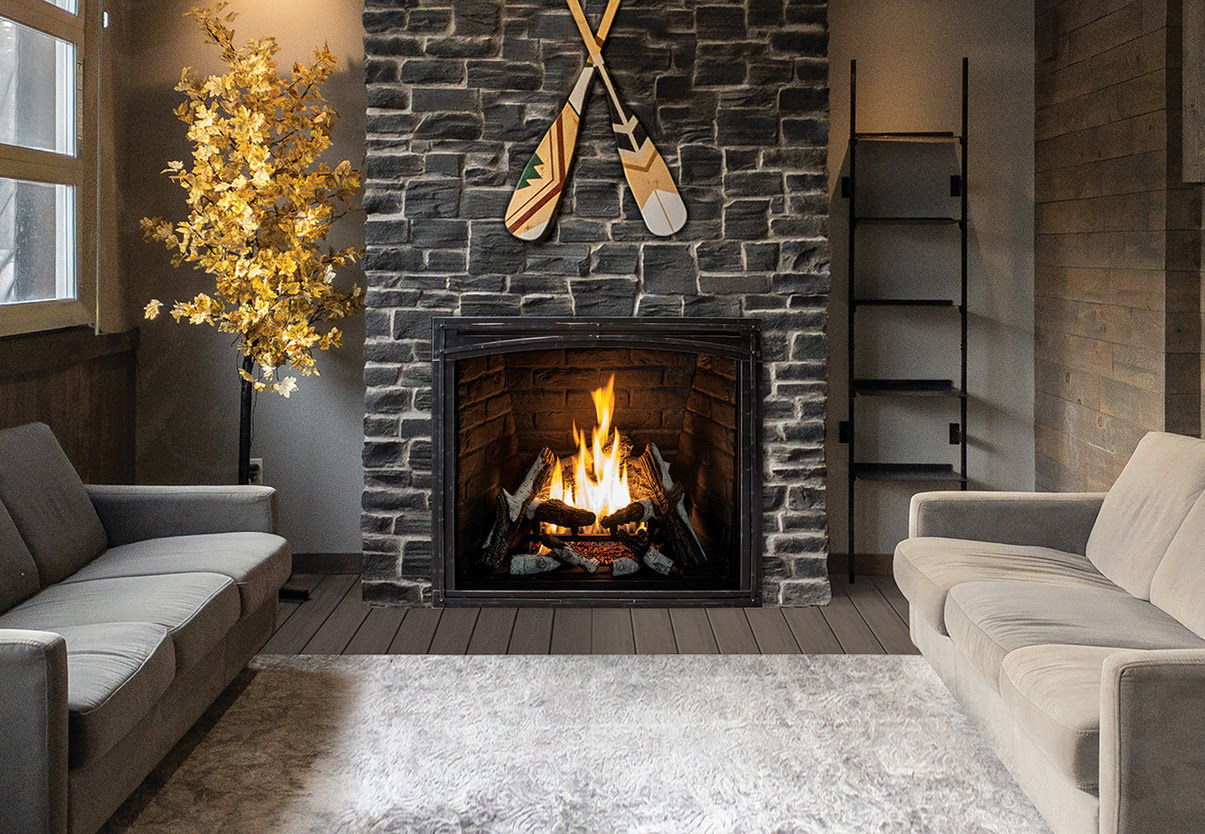
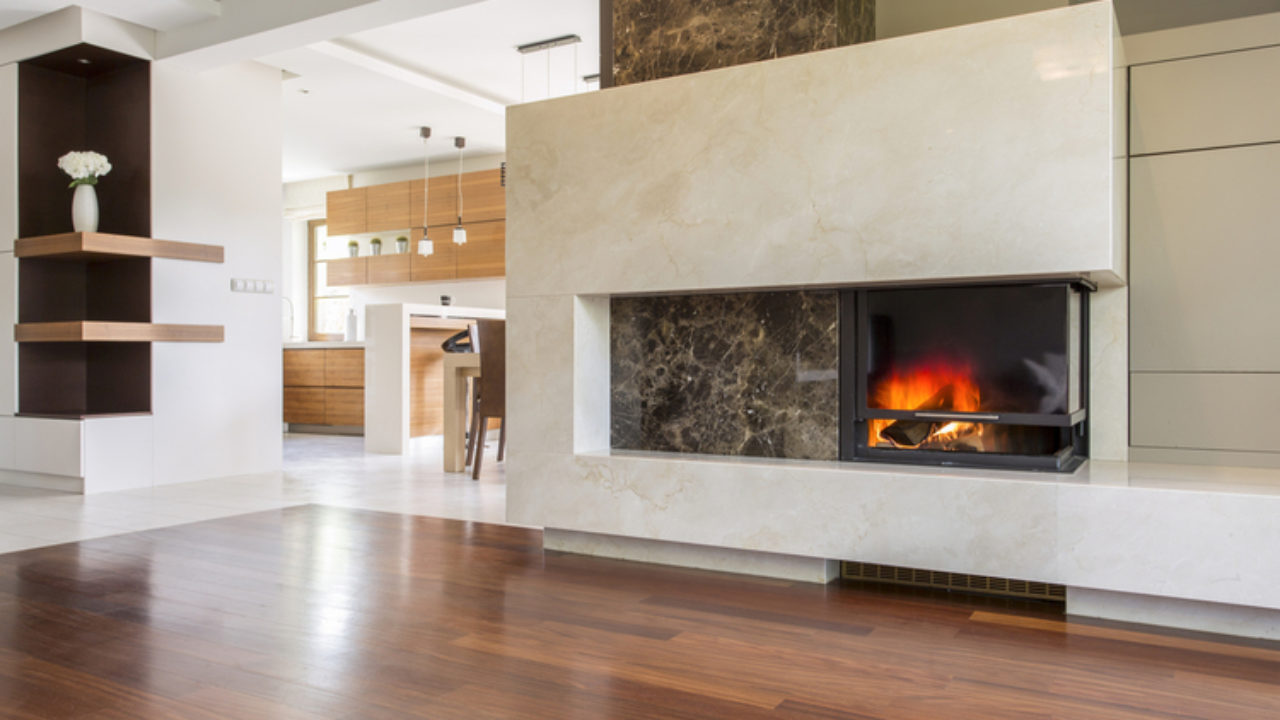
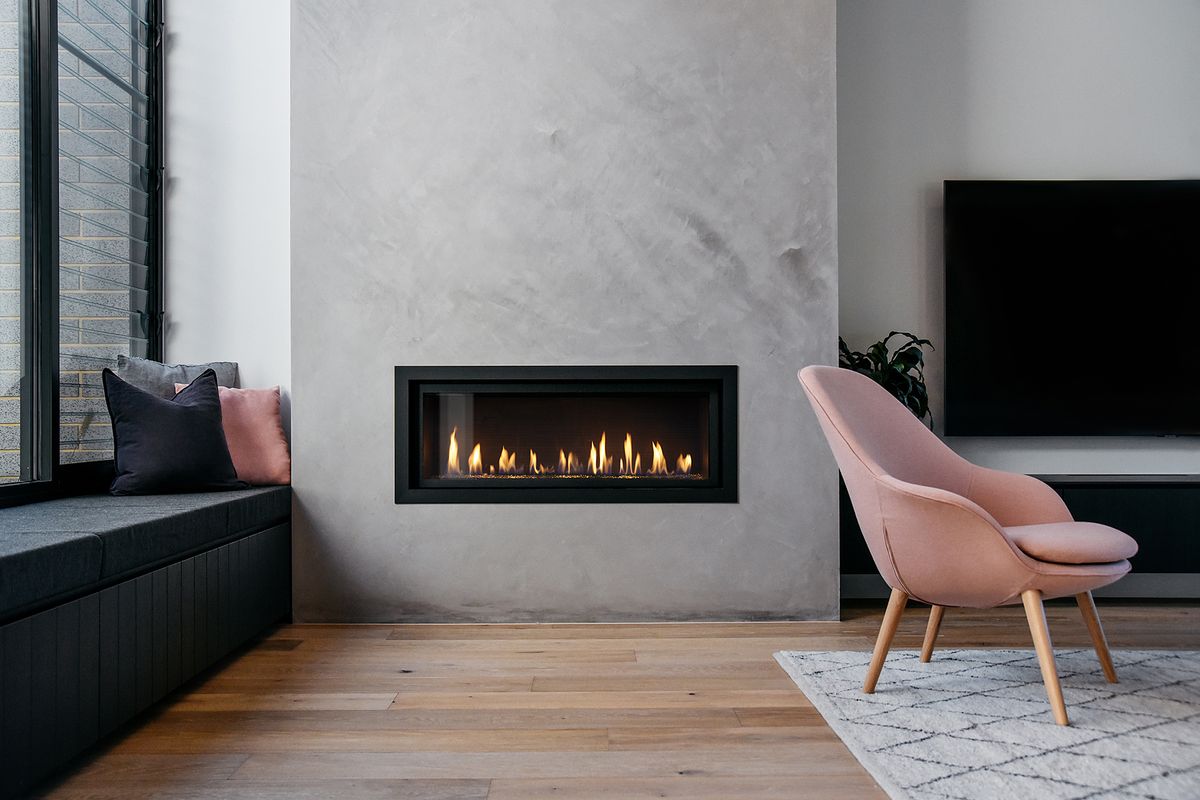
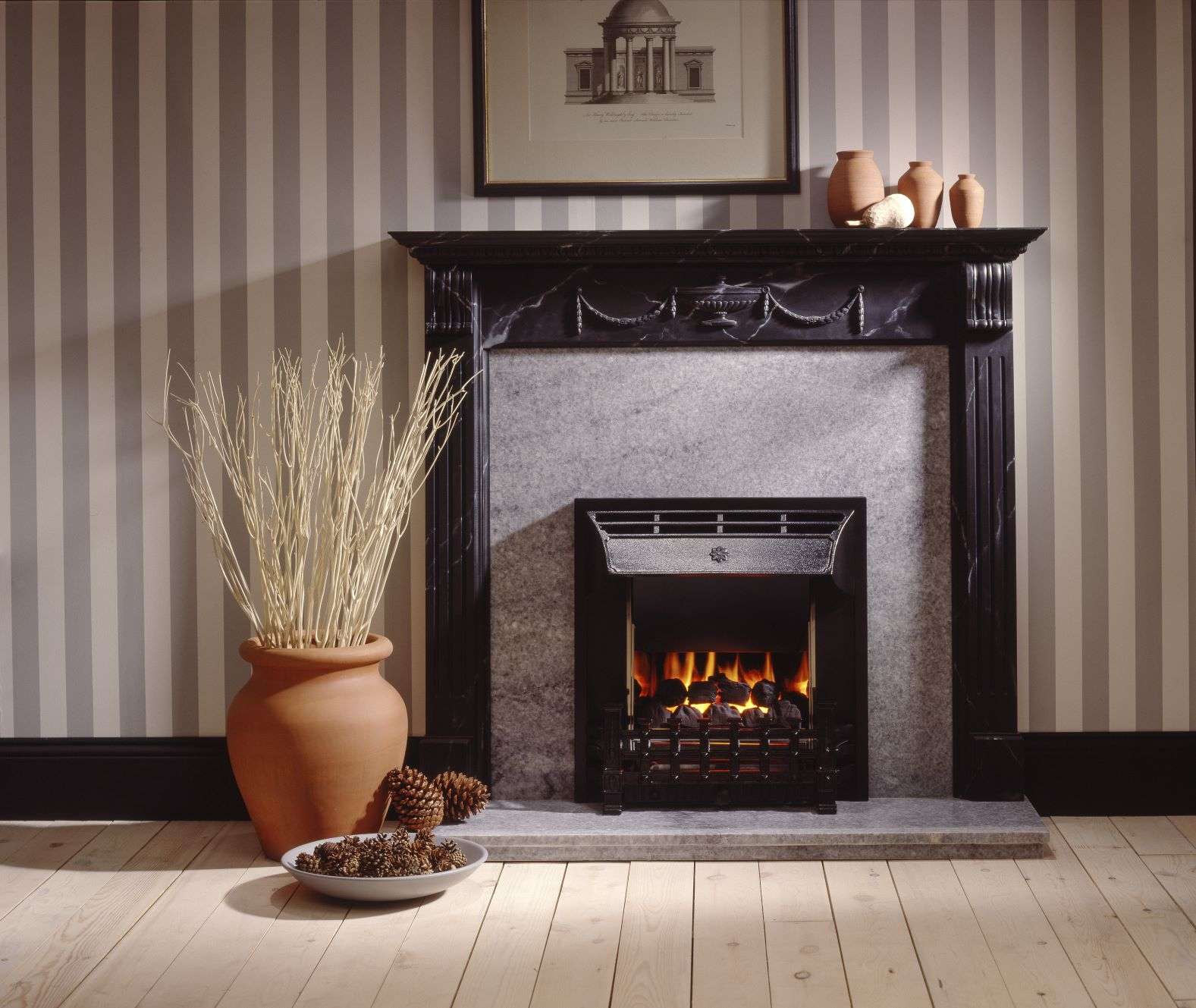
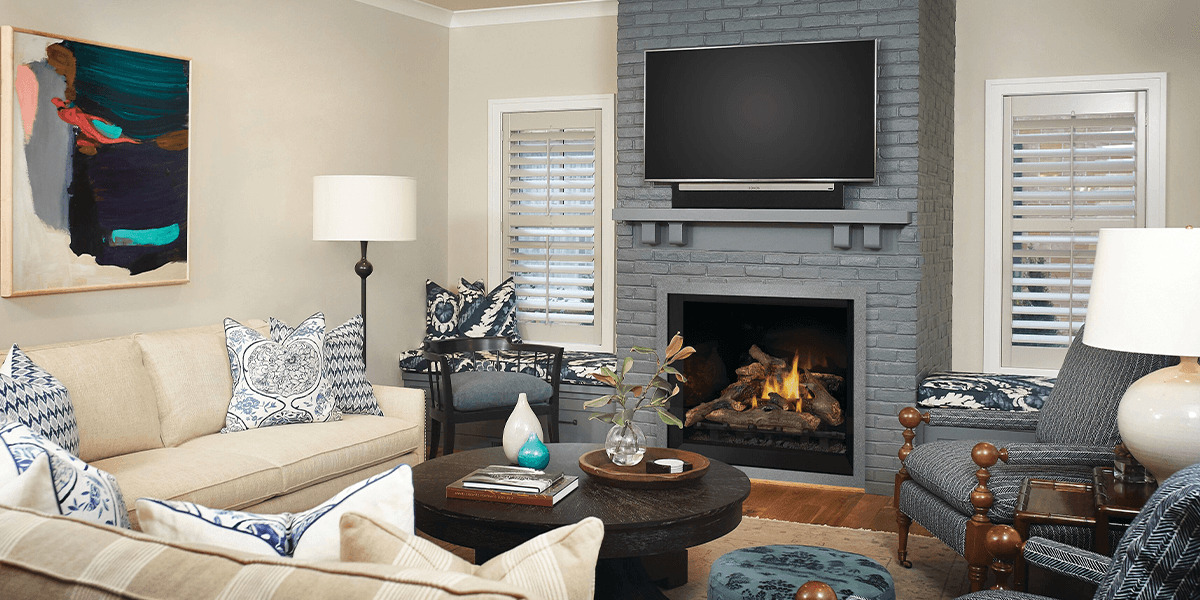
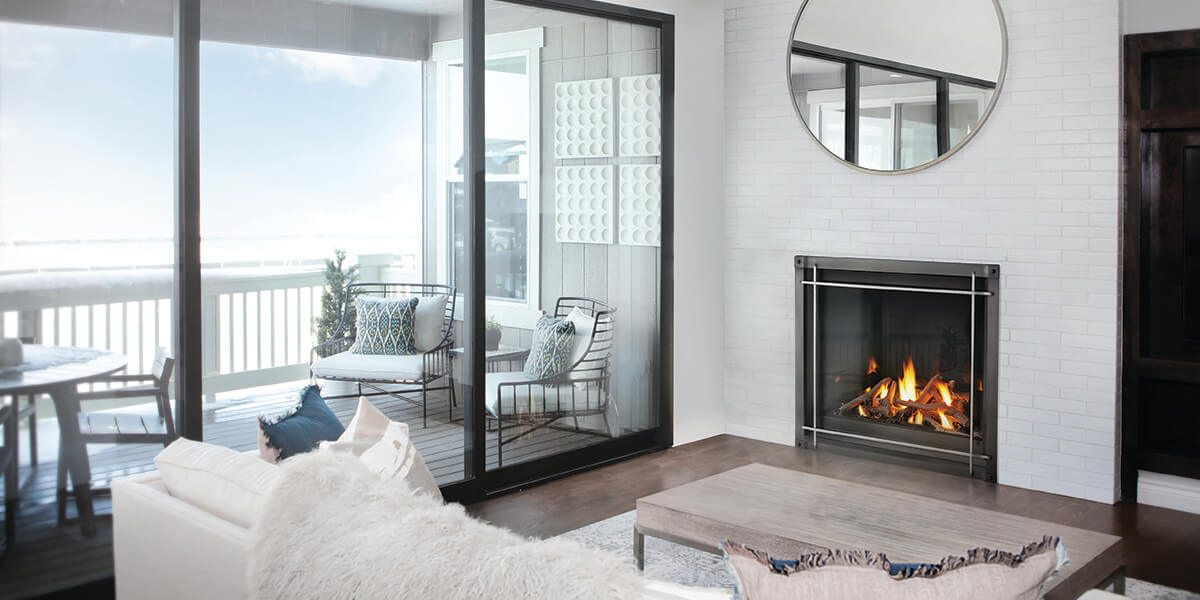
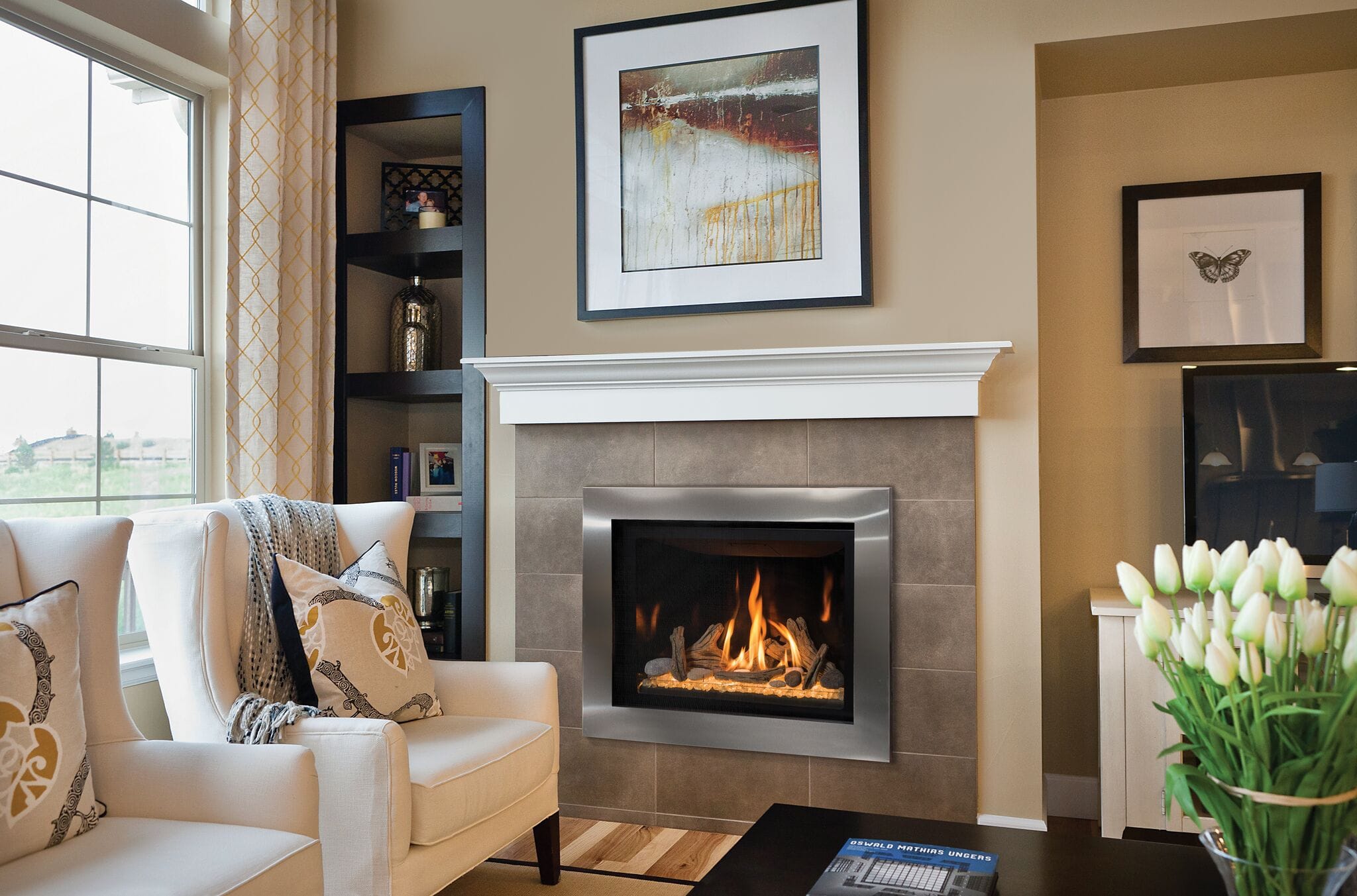
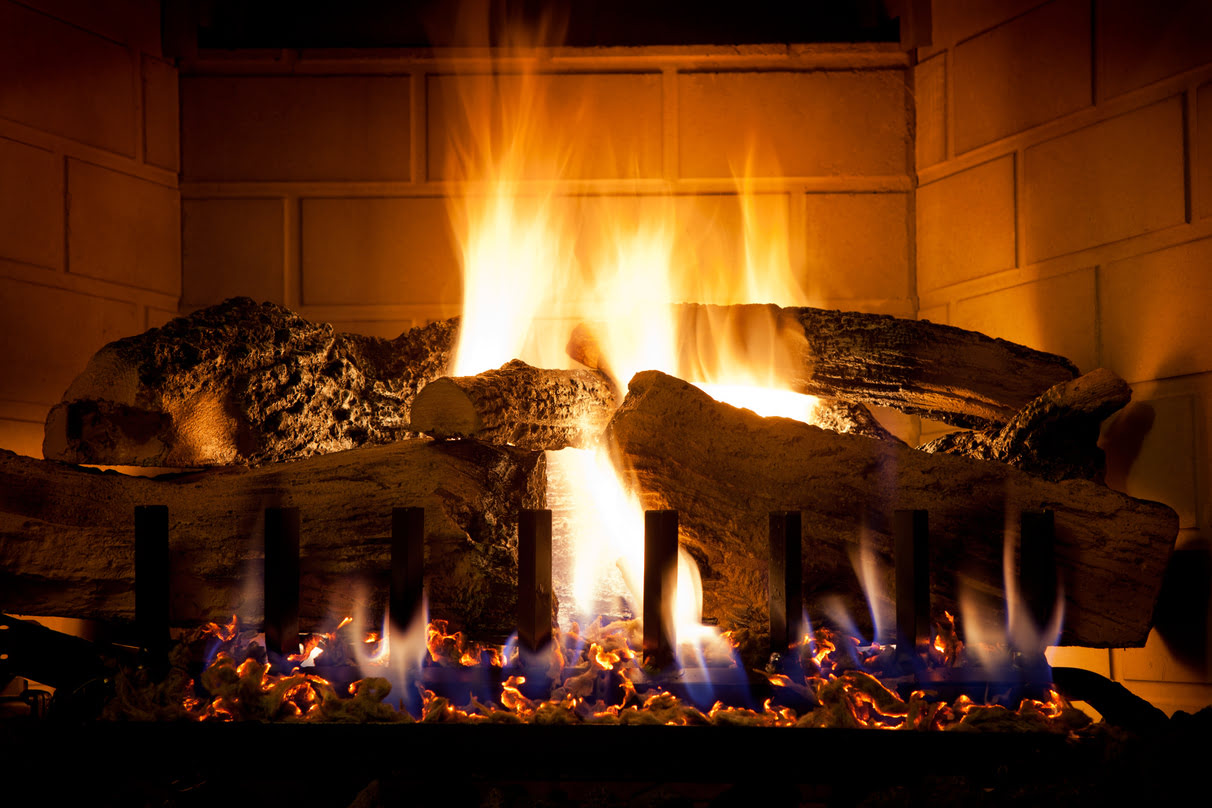
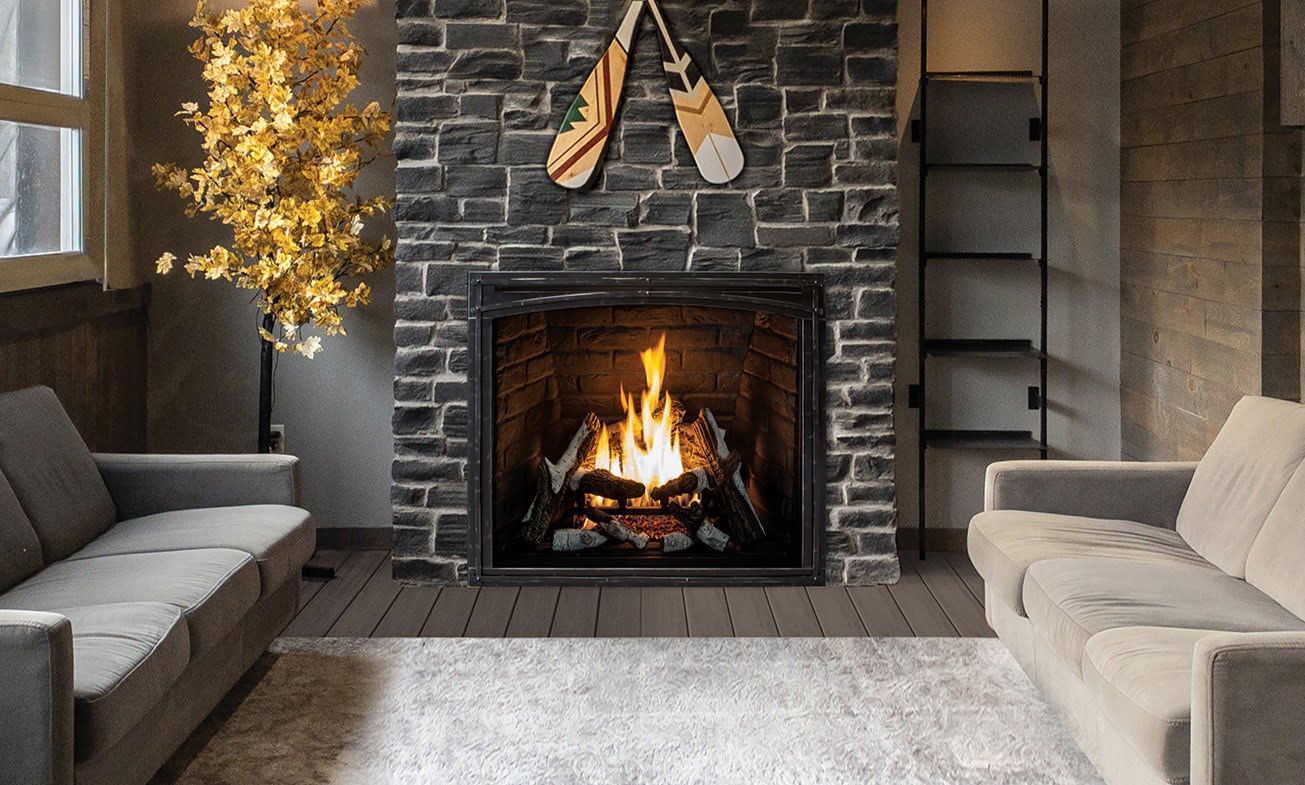
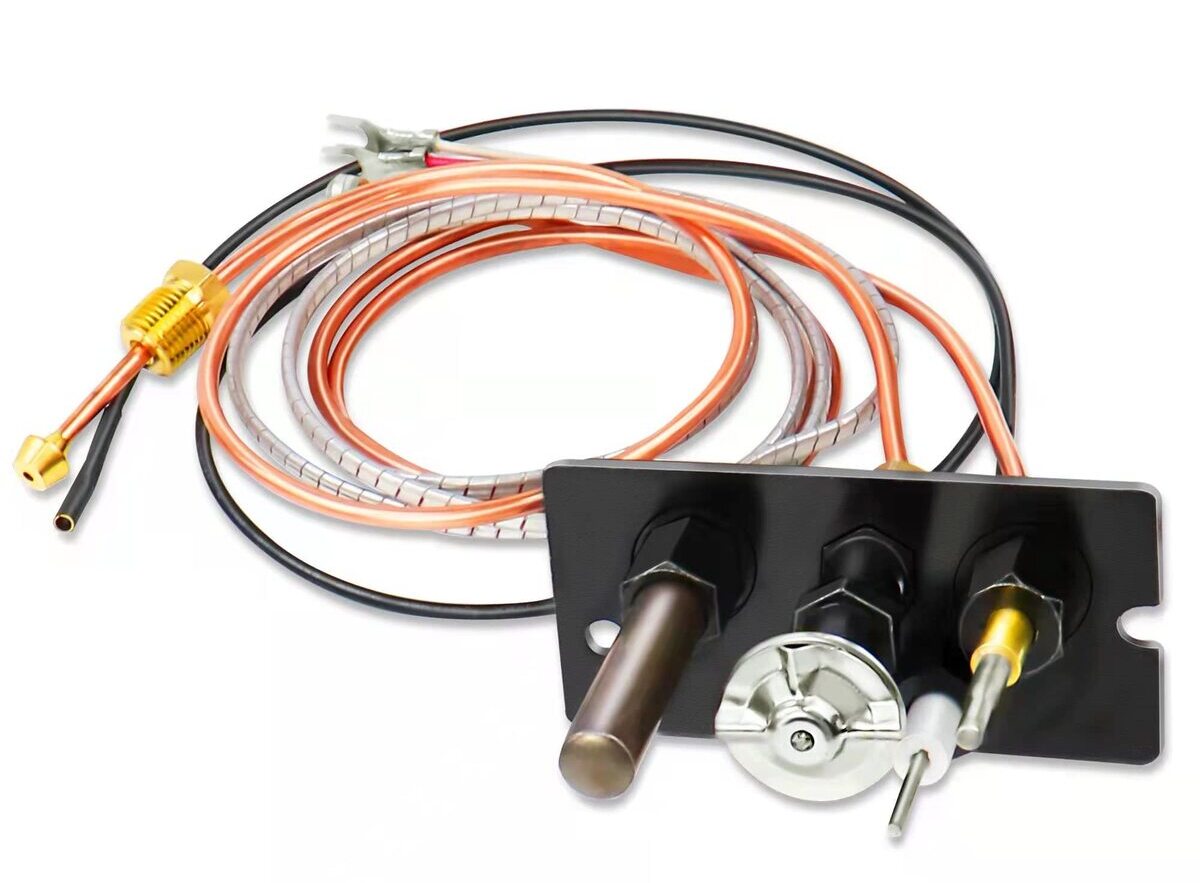
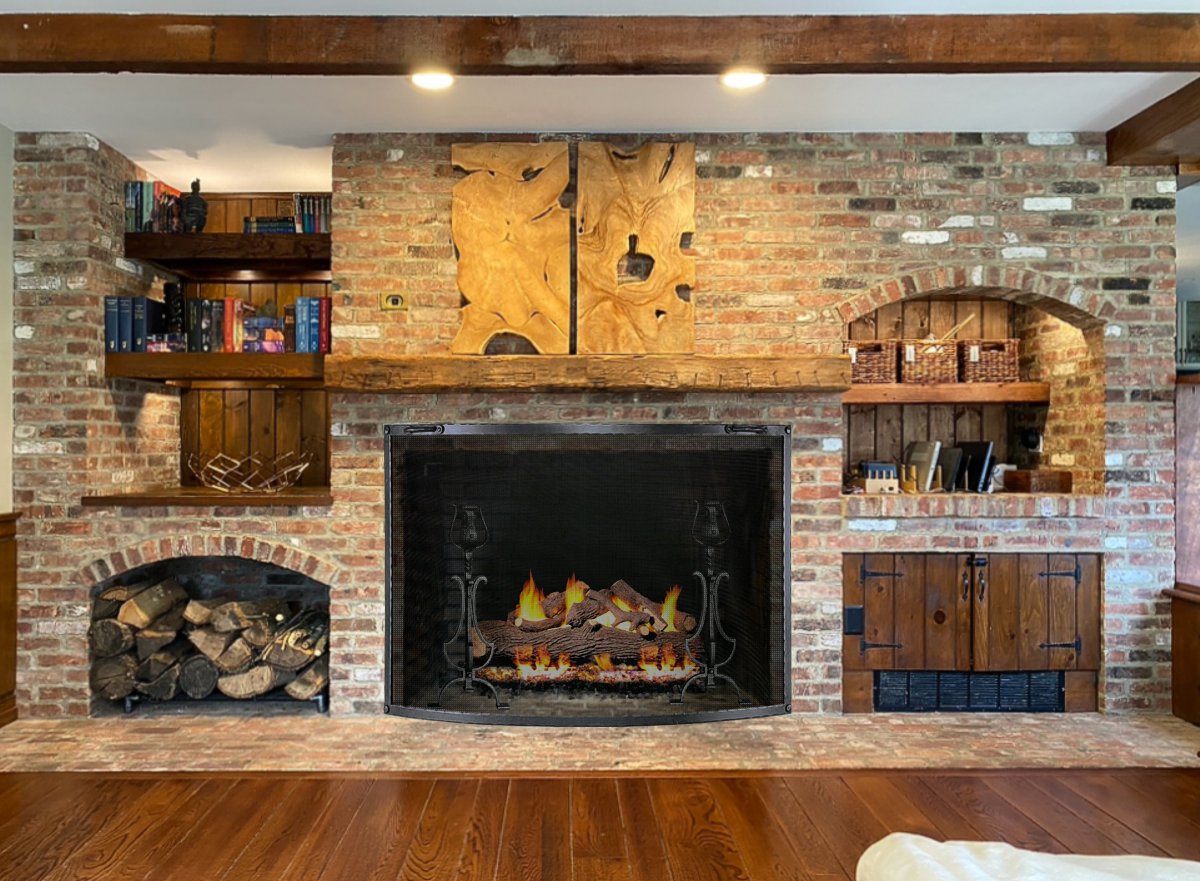
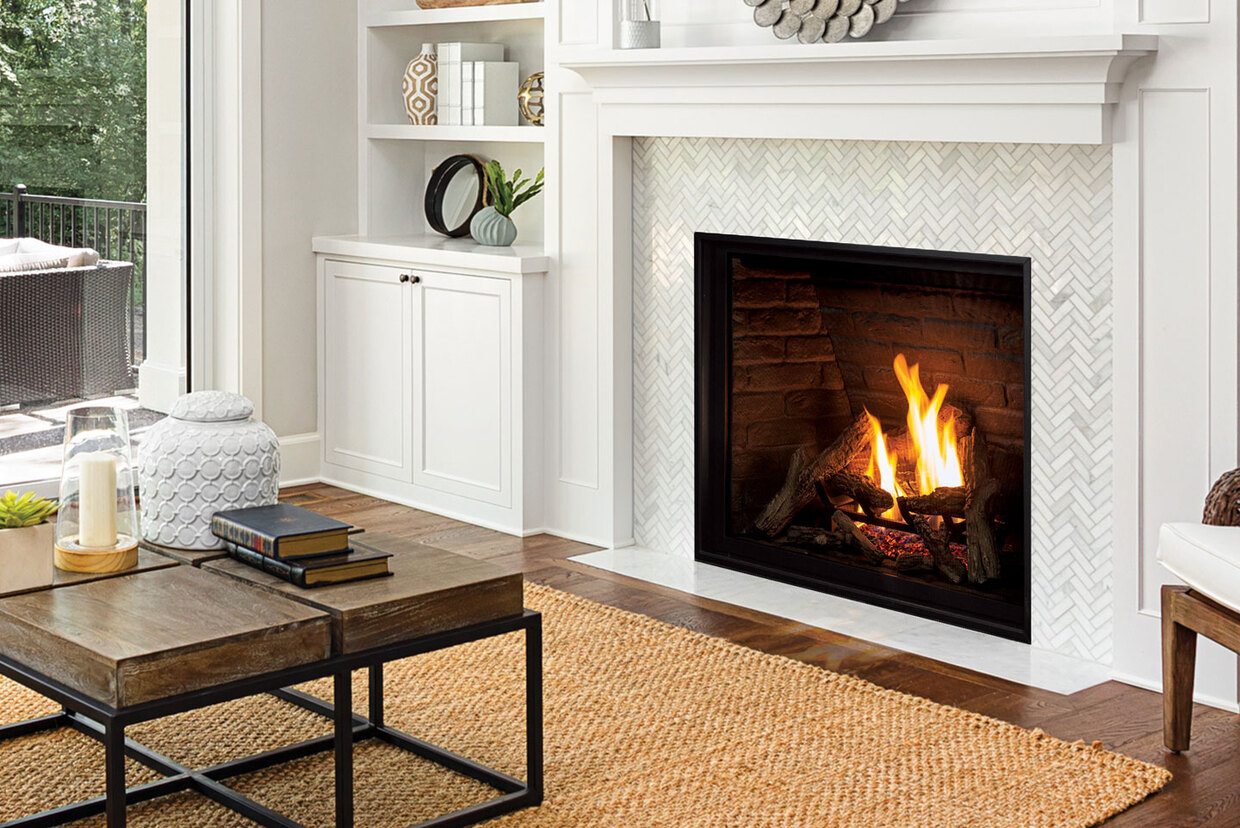
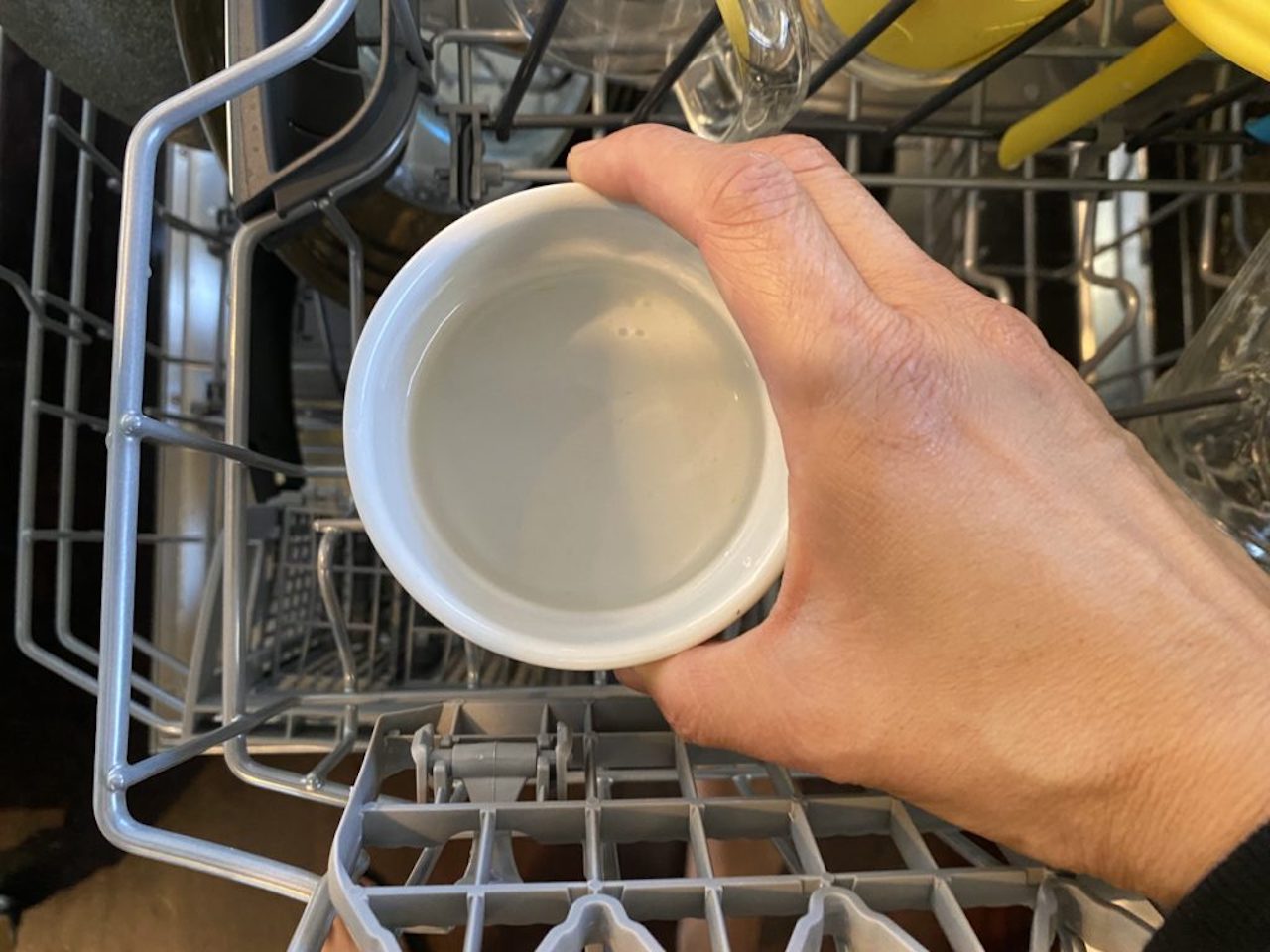
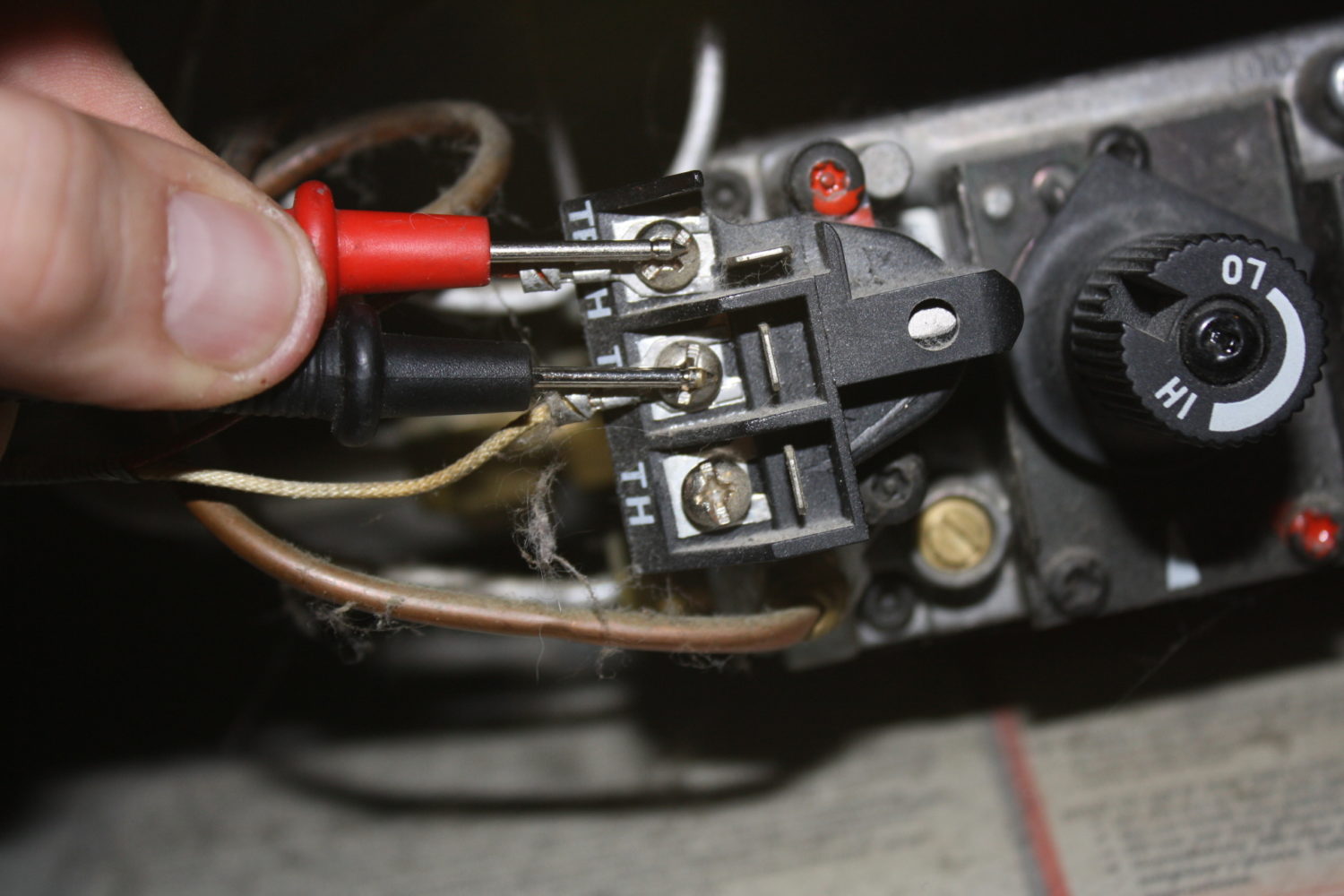

0 thoughts on “Stay Safe With These Gas Fireplace Maintenance Tips”